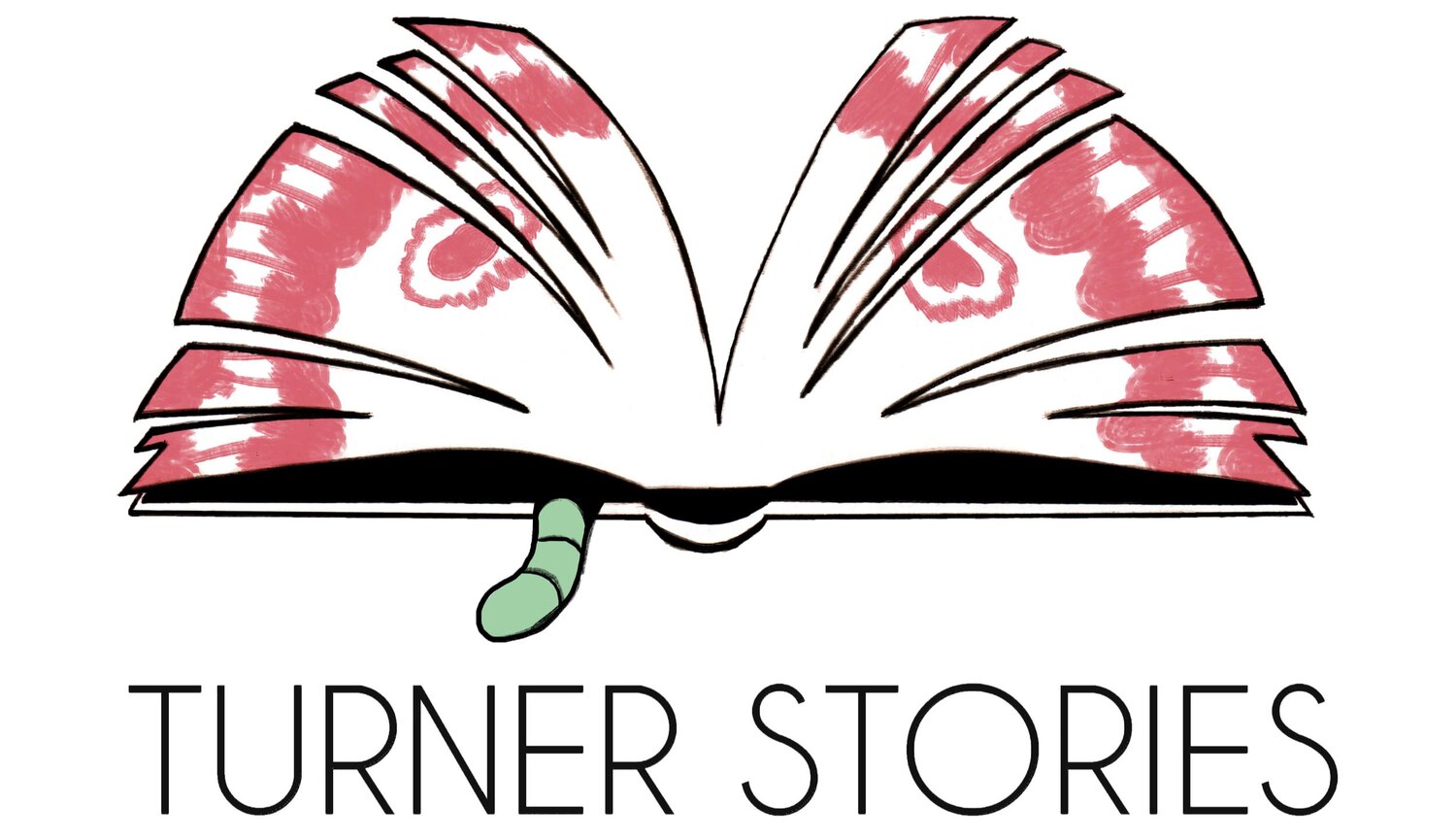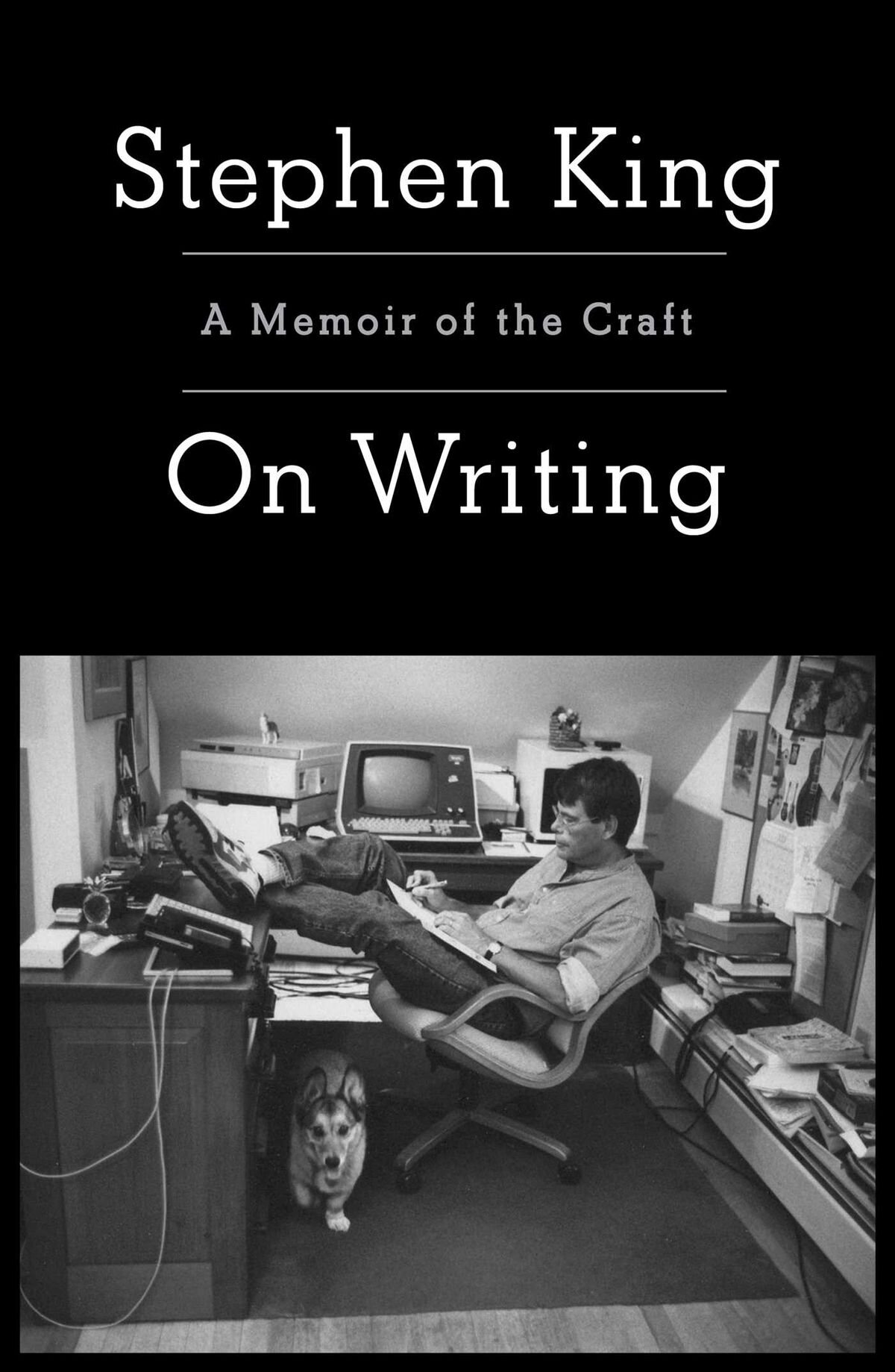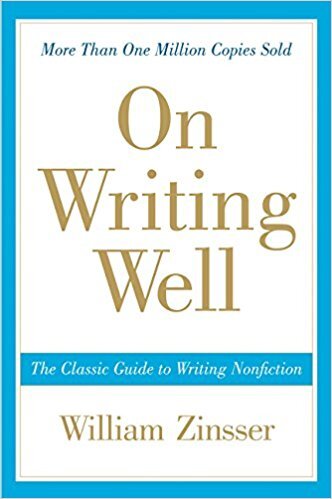The 5 Best Books on Writing You’ll Ever Need
How to Adopt the Mindset of a Writer
Photo by Elijah Hail on Unsplash
Over three years ago I decided to finally give writing a serious go. I always wrote stories and abandoned about twelve novel projects. I never knew what I was doing. Until I decided to seriously study the craft.
I’ve followed many online (creative) writing courses, read thousands of articles, read a couple of dozen books, and most importantly: I wrote.
People often ask me, which books on writing are a MUST read? Out of everything I read, the following five books will give you that head start you need.
These books improved my craft substantially. The topics range greatly, from learning to plot to being creative, finetuning your craft, building habits, and to how you can best self-edit your story. Combined they set you up with the toolkit you need to write both fiction and non-fiction.
This is not an article about how to write, it’s an article that helps you become a productive writer. It’s about setting yourself up to become a writer through abandoning fear, embracing the creative process, playing around, building a routine, finding inspiration, and being persistent. However, we’ll also cover the plot, structure, style improvements, and self-editing.
Let’s dive into the most important lessons from the books:
Book 1: Bird by Bird – Anne Lamott
Anne provides (beginning) writers with great insights, tips, tools, exercises, and anecdotes about the craft of writing. Oh, and she’s hilarious too!
In the book, she teaches the essentials of writing. Ranging from writing exercises to dealing with writer’s block and creating the first draft.
Lamott also touches upon practical elements, such as building characters, dialogue, plot, and scenes. Anne helps you write your first draft. She also introduces all the steps you can take to get your work published. All these lessons are illustrated with wonderful anecdotes about her own writing journey.
The following are the two most important take-aways from the book for me.
Plotting
Best Book on Writing 1: Bird by Bird
Here’s what Anne says in Bird by Bird: “Find out what each character cares most about in the world because then you will have discovered what’s at stake. Find a way to express this discovery in action, and then let your people set about finding or holding onto or defending whatever it is. But something must be at stake or you will have no tension and your readers will not tum the pages.”
Listen to this advice and make sure you invite the reader in. Why should they care about the journey of your characters?
Make sure your characters move towards something. Characters need to have changed when you reach the end.
Traditionally there are three acts. A setup, a build-up, and the pay-off. This system exists for a reason. Sometimes you start with your ending in mind. Sometimes you find your plot while interacting with your muse every day while you scribble away your first draft.
I want to end this part with another tip from Anne Lamott about structuring a story:
“A formula when writing a short story, which goes ABDCE, for Action, Background, Development, Climax, and Ending. You begin with action that is compelling enough to draw us in, make us want to know more. Background is where you let us see and know who these people are, how they’ve come to be together, what was going on before the opening of the story. Then you develop these people, so that we learn what they care most about. The plot, the drama, the actions, the tension will grow out of that. You move them along until everything comes together in the climax, after which things are different for the main characters, different in some real way.”
The shitty first draft and abandoning perfectionism
I love to just go with it. Whenever I have my daily appointment with my muse, I just type. I don’t care about spelling, grammar or prose. I only care about the story that comes out and the journey my characters are being taken on. YOU JUST NEED TO GET SOMETHING DOWN ON PAPER. You can fix it in a second draft (and a third, fourth, etc.). Polish later.
In the book, Anne talks about perfectionism as the voice of the oppressor. Perfectionism can be your enemy when you get lost in the details. It is your obstacle to finishing the first draft. It can get in the way of playful writing.
Make a mess, clean up later. You’ll be more likely to discover interesting new directions and insights with your story and characters if you let go. And hey, your first draft is just for you. So only please yourself as your first reader.
Book 2: Big Magic – Elizabeth Gilbert
The audacious, funny and wise Gilbert shares some profound lessons about creativity in her book Big Magic.
“The universe buries strange jewels deep within us all, and then stands back to see if we can find them. The hunt to uncover those jewels — that’s creative living. The courage to go on that hunt in the first place — that’s what separates a mundane existence from a more enchanted one. The often surprising result of that hunt — that’s what I call Big Magic.” — Elizabeth Gilbert
Life is more fun when you live a creative life. At least in my opinion. I reveled in Gilbert’s creative wisdom. This an inspiring book. The following lessons I found most profound.
Have the courage to be creative
Gilbert: “Do you have the courage to bring forth the treasures that are hidden within you?”
In order to conjure up the courage to be creative, you must realize that living a life that is driven more strongly by curiosity than fear is a great one. In an earlier post, I wrote why being curious is our greatest way to grow.
Best Book on Writing 2: Big Magic
Start analyzing the things you’re afraid of in pursuing your creative endeavors.
List ways that cause you to be afraid to live a more creative life. For me this was:
Afraid to be rejected/criticized/ridiculed/misunderstood/ignored
Afraid somebody else already did it better
Afraid my work isn’t politically, emotionally or artistically important enough to change anyone’s life
Afraid I didn’t have the right training or degree (I studied business no less!)
Afraid of being exposed as a hack/fool/narcissist
But there is a saying: “argue for your limitations and you get to keep them”. So please don’t.
Don’t demand too much of the outcome of your creative endeavors. Fear will always show up, especially when you create because with creativity you enter the realms of an uncertain outcome, which fear hates. Know that it doesn’t go away. The less you fight it, the less it fights back, according to Elizabeth Gilbert.
The best way for me to ignore my fears is to write for myself first. And it’s true, the more you expose your work to others, the more confident you become. The only problem is we’d like to experience that before we even begin. Alas, that’s not possible.
If you’re still afraid, start with approaching someone you trust first to read your story. If you love doing it, you’ll find the courage.
Be persistent
Gilbert: “I didn’t put any conditions or restrictions on my path at all. My deadline was: never. I simply vowed to the universe that I would write forever, regardless of the result. I promised that I would try to be brave about it, and grateful, and as uncomplaining as I could possibly be.”
If your creative pursuit interests you profoundly, to the point that few other things interest you more, then, by all means, keep going at it. Start doing it for yourself (and always continue to do so by the way). When you feel ready to share it with someone, please do. When you feel ready to share it with the world, please try.
However, keep your day job. It’s not about the courage to quit your job, sell your home or leave your wife to go create in solitude and without income. It’s like Elizabeth Gilbert says: “don’t burden your creativity with the responsibility of paying for your life. Keep your creativity free and safe.”
This means you have to make sacrifices for it. If you really want it, you will do it, you will have to find the time. Get up a bit earlier, say no more often, watch less tv, or treat yourself to a long weekend in nature in a small cabin just to do creative work without distractions.
“People persist in creating because they are hot for their vocation.” — Elizabeth Gilbert
Keep showing up. Don’t wait for inspiration to come. Perform your magic daily.
Book 3: On Writing – Stephen King
Stephen King is one of the most-read authors in the world. So, if he shares his insights on writing, you listen. Pick up his memoir ‘On Writing’ and you won’t be disappointed. It’s both a biography and a bible on writing.
It gives the reader great insight into the author’s mind and journey. He’s blunt but in a fatherly way. He doesn’t like to waste time, and neither do I. Let’s move on to the lessons I learned from the master of suspense.
Write every day
“Once I start work on a project, I don’t stop and I don’t slow down unless I absolutely have to. If I don’t write every day, the characters begin to stale off in my mind — they begin to seem like characters instead of real people. The tale’s narrative cutting edge starts to rust and I begin to lose my hold on the story’s plot and pace.” – Stephen King
Best Book on Writing 3: On Writing
This has proven to be one of the most important pieces of advice I ever received. I’ve worked on my first novel for one and a half years. I aimed to write every day, but naturally, life intervened. I traveled for a while and spend weeks not writing.
Stephen King was right. I lost grip on my story, on my characters. Another thing I noticed was doubt creeping in.
On the other hand, when I got back, it was also a great moment to have an in-depth look at what it was exactly what I was aiming for. So, I decided to zoom out and make sure everything was set for a new daily writing routine.
I re-read what I’d written, worked out details about the world my characters live in, thoroughly updated the plot and structure. I got back on track, but a hiatus of two months and the month of restructuring almost resulted in me losing the story.
Read
“If you don’t have time to read, you don’t have the time (or tools) to write.” – Stephen King
There are so many reasons why reading is good in order for you to become better at your craft. Reading can be purely for entertainment, or to quench your thirst for knowledge.
When you write fiction, you can study the greats. Learn from others. Learn how to describe, build the plot, build a character. Recognize patterns, study the tone of voice and pace. Steal and make it your own.
Usually, when I’m reading a book in a genre similar to what I’m writing at the moment, I feel extra inspired. Especially when I read just before I start writing.
Book 4: On Writing Well – William Zinsser
On Writing Well is considered the bible for nonfiction writers. It’s been on my reading list for years, even since before I started writing. I finally read it and it lived up to the hype. William Zinsser’s advice is simple, stern, practical, and clear.
From what I deduced from the book, four elements make up a good article:
Clarity: “Writing is thinking on paper. Anyone who thinks clearly can write clearly.” — William Zinsser
When you edit your work, make sure that you write clearly. Make sure you’re not decorating a barren Christmas tree. Show the tree, not the decorations. Show the beauty of the tree itself: the leaves, the smell, the firmness of the branches, etc.
Best Book on Writing 4: On Writing Well
Use active verbs in your writing, omit small words that express how you would talk to someone, be prudent in the use of adverbs and adjectives. Most importantly: know that your reader is smarter than you think she is.
Simplicity: Good nonfiction work should leave the reader with (at least) one provocative thought that they didn’t have before. What have you discovered, learned or uncovered? Therein lies the secret. It’s that simple. Ask yourself: what is it I’m trying to say.
Zinsser: “The most important sentence in any article is the first one. If it doesn’t induce the reader to proceed to the second sentence, your article is dead.”
“You learn to write by writing. The only way to learn to write is to force yourself to produce a certain number of words on a regular basis.” — William Zinsser
Brevity: Closely tied to writing clearly, you need to use your words sparingly to make your points. Use short words where you can replace longer ones. Omit words that serve no function (like excess adverbs or adjectives I mentioned before).
Examine every word you put on paper. You’ll find a surprising number that doesn’t serve any purpose.
Humanity: “Use your own experience to connect the reader to some mechanism that also touches his life.” — William Zinsser
Book 5: Self-Editing For Fiction Writers – Renni Brown & Dave King
The book ‘Self-Editing for Fiction Writers’ has been a huge help to me. Authors Renni Browne and Dave King provide you with the necessary tools to edit yourself into print.
The following self-editing tips are key in turning that manuscript into a polished gem:
Best Book on Writing: Self-Editing For Fiction Writers
Eliminate the passive voice as much as possible. Your readers will thank you later. A passive voice stifles a story. It makes the story feel less important or perhaps I should say urgent. Using the active voice already says it: it propels the reader to continue reading because things are moving.
Are you telling or are you showing? You have to draw your readers in and make them feel like they are a part of your world. You can’t do this by simply telling them how it is. You need to take them by the hand and make them part of your scenes. Instead of using a lot of narration, use scenes with dialogue and inner thoughts to show the elements of your story. Show why your characters feel and do what they do. Give your reader experiences.
The importance of beats. Beats are the bits of action interspersed through a scene., such as a character walking to a window. Usually, they involve physical gestures or some sort of internal monologue. It’s a great tool to vary the pace of your dialogue. There is, however, one rule: make them interesting and give hints to the reader about your character or what’s going on.
How does it sound? Read your story out loud. You’re more likely to hear mistakes. You can listen if you enjoy the rhythm of your prose, etc. It works. Now do it.
Join my email list to keep in touch.
Please note: this post contains affiliate links. If you decide to purchase any of the items linked, I will receive a small fee I use to host this website and keep it free from ads :-)






